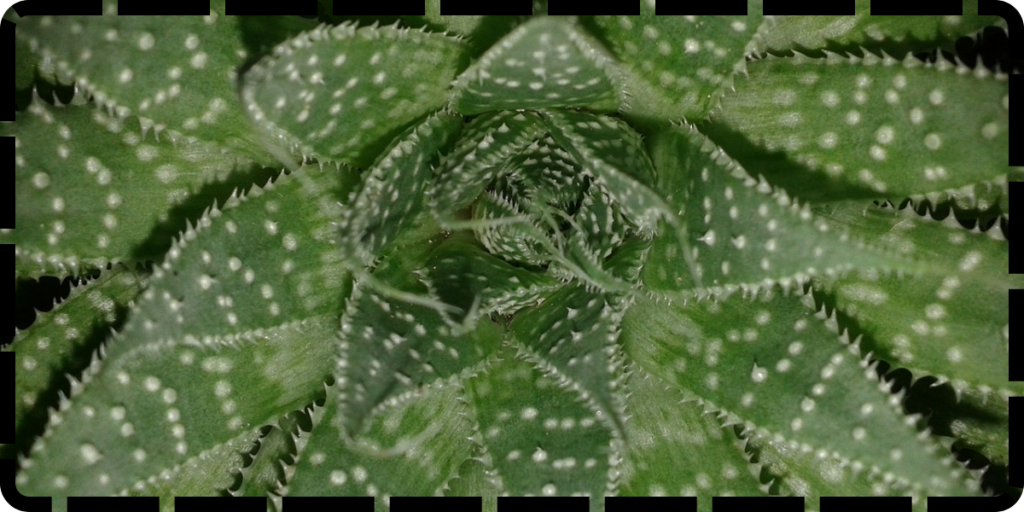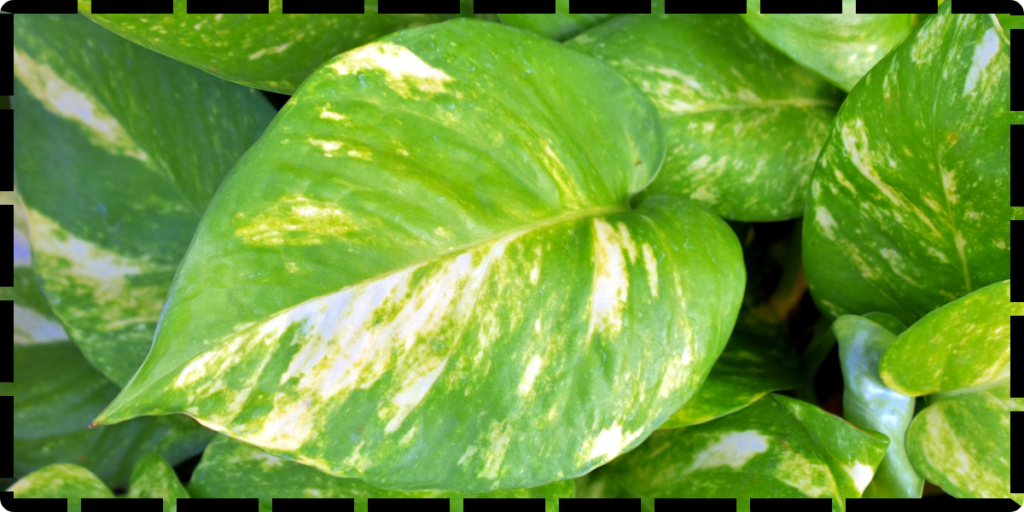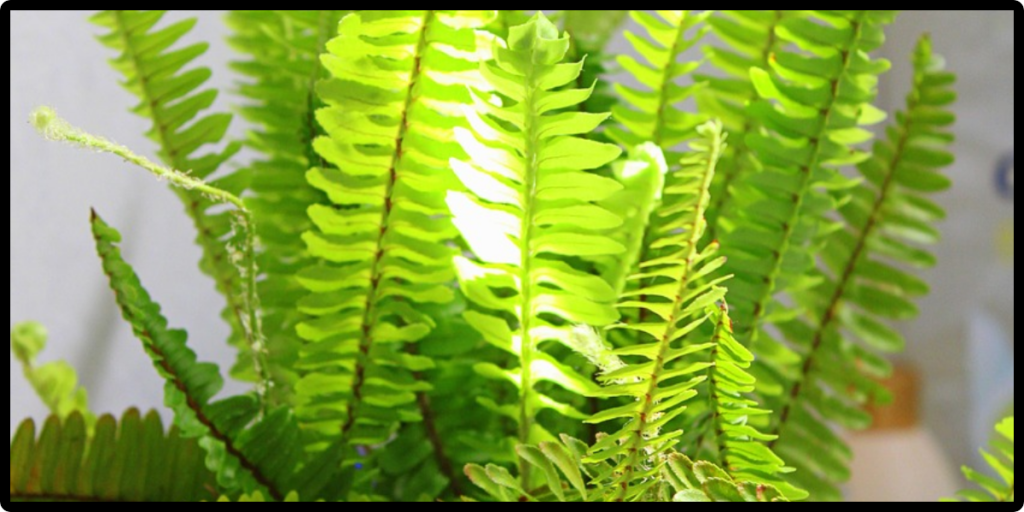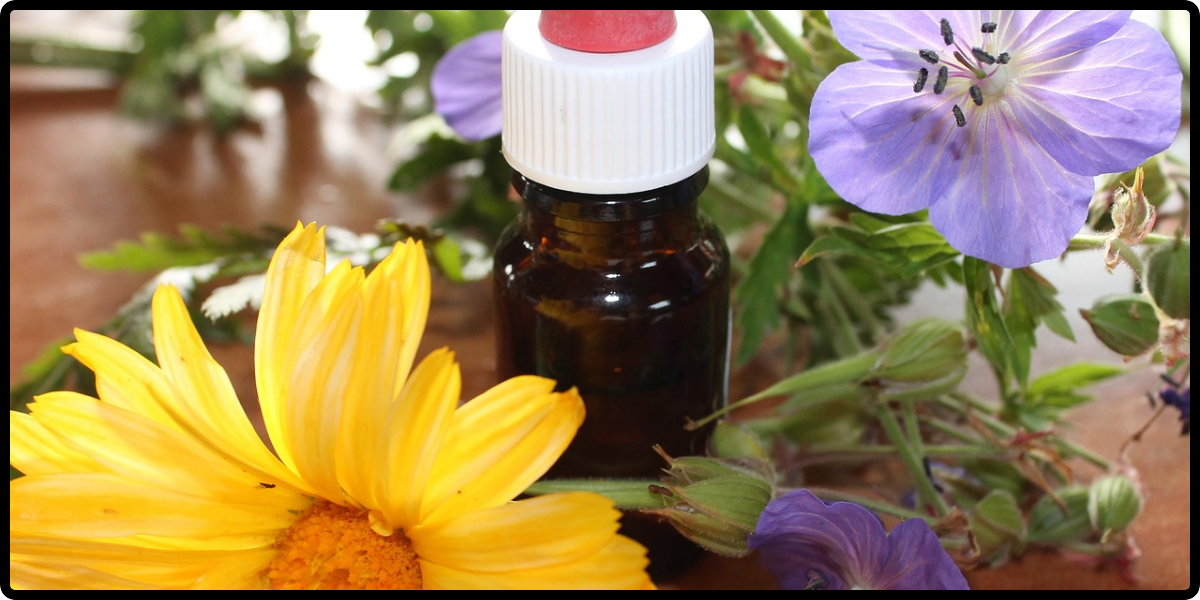GREEN HEALINGS THROUGH OXYGEN BOOSTER
”ENHANCE INDOOR AIR QUALITY WITH OXYGEN BOOSTING PLANTS”
Introduction: In our modern, bustling lives, the importance of clean and fresh air cannot be overstated. One way to enhance the air quality in our living spaces is by incorporating oxygen-boosting plants. These green companions not only add a touch of nature to our homes but also help purify the air we breathe. In this article, we’ll explore some of the best oxygen-boosting plants that are both easy to care for and effective at enhancing indoor air quality.
The Power of Oxygen-Boosting Plants Plants are natural air purifiers. Through a process called photosynthesis, they absorb carbon dioxide and release oxygen, making them invaluable allies in creating a healthier living environment. Oxygen-boosting plants go a step further, producing higher levels of oxygen and contributing to a refreshing atmosphere.
Top Oxygen-Boosting Plants:
1. Snake Plant (Sansevieria trifasciata)

Known for its ability to thrive in low-light conditions and tolerate neglect, the snake plant is a champion in oxygen production. It also effectively filters out toxins like formaldehyde and xylene from the air. Its ability to thrive in low-light conditions makes it an ideal choice for indoor environments craving a breath of fresh air.
Elegance in Simplicity: The Snake Plant’s distinctive vertical leaves evoke a sense of modern elegance. Also known as the “mother-in-law’s tongue,” its architectural charm effortlessly complements a variety of interior styles, from minimalistic to contemporary.
Health Benefits Beyond Beauty Apart from their visual appeal and air-purifying capabilities, Snake Plants have additional benefits:
- Nighttime Oxygen: While most plants release oxygen during the day, Snake Plants do so at night, making them an excellent bedroom companion for improved air quality during sleep.
- Humidity Regulation: While some plants require high humidity, Snake Plants can help regulate indoor humidity levels by releasing moisture into the air through transpiration.
Conclusion: The Snake Plant transcends mere greenery—it’s an embodiment of elegance, resilience, and wellness. With its ability to flourish in various environments and its air-purifying prowess, the Snake Plant is a testament to the beauty of simplicity.
2. Aloe Vera (Aloe barbadensis Miller):

Apart from its soothing gel, aloe vera is a fantastic air purifier. It releases oxygen during the night, making it a great addition to bedrooms for better sleep quality. It also filters out pollutants commonly found in cleaning products.
The Oxygen-Boosting Magic of Aloe Vera:
Even at night, aloe vera is recognized for its extraordinary capacity to release oxygen and absorb carbon dioxide. This distinguishing characteristic makes it stand out as an oxygen-boosting plant that can improve the quality of the air in your house. Aloe Vera has a unique type of photosynthesis called Crassulacean Acid Metabolism (CAM), which enables it to produce oxygen at night as well. Most plants only carry out photosynthesis during the day.
Indoor Air Quality Enhancement: Aloe Vera is more than just an oxygen provider. By collecting airborne toxins and pollutants frequently found in interior areas, it actively works to enhance the quality of the air inside buildings. Household goods, furniture, and construction materials may release toxins such as formaldehyde and benzene. Aloe Vera helps to create a cleaner and healthier environment by absorbing these dangerous toxins.
Creating an Oxygen-Boosting Corner: To maximize the oxygen-boosting effect of Aloe Vera, consider creating a dedicated green corner in your home:
- Aloe Cluster: Arrange multiple Aloe Vera plants in a cluster to amplify the oxygen-producing impact.
- Air-Purifying Trio: Pair Aloe Vera with other air-purifying plants like Snake Plants and Peace Lilies to create a dynamic trio that enhances both oxygen levels and air quality.
- Bedroom Buddy: Place Aloe Vera in your bedroom to benefit from its nighttime oxygen release, promoting better sleep.
Conclusion: Aloe Vera’s ability to boost oxygen levels and improve indoor air quality makes it a valuable addition to any living space. By welcoming this oxygen-boosting marvel into your home, you not only enhance the air you breathe but also enjoy the myriad benefits of a healthier and more refreshing indoor environment.
3. Peace Lily (Spathiphyllum spp.)

With its elegant white blooms, the peace lily is an excellent choice for adding aesthetics and oxygen to your space. It can remove toxins like ammonia and benzene, making it a great companion in bathrooms or kitchens.
Potential Oxygen-Boosting Effects of Peace Lily:
The Peace Lily is a living oxygen generator in addition to being a beautiful addition to your house. This plant converts carbon dioxide from the atmosphere into oxygen, which is necessary for our respiratory health, through the process of photosynthesis. Its lush green foliage and pretty white blossoms improve indoor air quality in addition to being aesthetically pleasing.
How to Create an Oxygen Oasis
Consider these suggestions to make the most of your Peace Lily’s capacity to increase oxygen levels:
- Place your Peace Lily strategically, such as in the living room, bedroom, or home office, where you spend the most time.
- Grouping: Arrange many Peace Lilies close together to form a tiny oxygen oasis that improves the area’s air quality.
- Bedroom Serenity: Plant a Peace Lily in your room to enjoy better sleep-related air quality.
Conclusion: The Peace Lily is a silent hero for increasing indoor oxygen levels and air quality, in addition to being a visual joy. It is a vital tool for creating cleaner, more energizing interior environments because of its capacity to filter out contaminants and release oxygen. By embracing the Peace Lily’s ability to increase oxygen levels in the air, you’re not only improving the atmosphere of your house but also enhancing your personal health.
4. Spider Plant (Chlorophytum comosum):

Spider plants are renowned for their ease of care and air-purifying prowess. They combat pollutants like formaldehyde and xylene while producing ample oxygen to freshen up your home.
The Oxygen-Boosting Power of Spider Plants:
The spider plant’s lush, brilliant green foliage adds oxygen to your home in addition to being aesthetically pleasing. The Spider Plant naturally increases the oxygen content of the air by absorbing carbon dioxide and releasing oxygen during the process of photosynthesis. It serves as a dual-purpose gem for enhanced respiratory health as well as cosmetic enhancement because of its arching leaves and air-cleansing abilities.
Champion Air-Purifier: In addition to adding oxygen to the air, the Spider Plant excels at enhancing indoor air quality due to its air-purifying properties. This plant is very good at eliminating airborne pollutants, including formaldehyde, xylene, and toluene, which can come from everyday household products and cause indoor pollution. The Spider Plant actively filters out harmful toxins, fostering a cleaner and fresher environment.
Creating an Oxygen-Boosting Corner: To maximize the oxygen-boosting benefits of your Spider Plant, consider these ideas:
- Lush Arrangement: Group several Spider Plants together in a corner to create an oxygen-rich oasis.
- Hanging Display: Hang Spider Plants in decorative hangers near windows to enjoy their air-purifying qualities and visual appeal.
- Workspace Buddy: Place a Spider Plant on your desk or in your home office for improved air quality as you work.
Conclusion: The Spider Plant is an important addition to any living area because of its capacity to raise oxygen levels and improve indoor air quality. By bringing this oxygen-boosting wonder into your house, you’re not only improving the quality of the air you breathe but also benefiting from a fresher and more energizing environment inside. Accept the Spider Plant’s ability to increase oxygen levels and allow it to breathe fresh life into your surroundings.
4. Money Plant (Epipremnum aureum):

Popularly known as the money plant or devil’s ivy, this versatile vine is an effective air purifier. Its heart-shaped leaves make it an attractive addition to hanging baskets.It excels at removing indoor pollutants like benzene, formaldehyde, and xylene. While it’s true that plants, including the money plant, play a role in oxygen production through the process of photosynthesis, it’s important to understand the context and limitations of their impact on indoor air quality.
Being an Oxygen-Boosting Plant:
Money plant, or devil’s ivy, is a resilient houseplant that can flourish in a variety of indoor environments. The money plant’s involvement in photosynthesis is one of the advantages of having one in your home or place of business. A minor rise in indoor oxygen levels can be attributed to plants’ ability to emit oxygen while absorbing carbon dioxide from the atmosphere during photosynthesis.
Having indoor plants, including money plants, has several advantages.
- Air Quality Improvement: While a single indoor plant may not produce enough oxygen to have a significant impact on indoor air quality, a collection of indoor plants can help to create a healthier atmosphere by reducing carbon dioxide levels and, to a lesser extent, increasing oxygen levels.
- Aesthetic Appeal: Money plants have lovely heart-shaped leaves that are appealing and can improve the aesthetics of indoor areas, giving them a more pleasant and natural look.
- Stress Reduction: Money plants and other indoor plants have been linked to lowered levels of stress and enhanced mental health. Their presence can produce a tranquil and soothing atmosphere.
- Air Humidification: Plants transfer moisture into the atmosphere through a process known as transpiration. This may aid in raising the humidity level.
In conclusion, money plants, like other indoor plants, do engage in the creation of oxygen and contribute to the quality of indoor air, but their influence is most effective when viewed as a component of an all-encompassing strategy for establishing a healthy interior environment. The greatest advantages for your indoor spaces will come from combining plants with appropriate ventilation, air purification equipment, and other air quality measures.
5.Areca Palm (Dypsis lutescens):

The elegant fronds of the Areca Palm not only lend a tropical vibe to your space but also release copious amounts of oxygen. This plant also excels at removing indoor air pollutants, contributing to a healthier indoor environment. The Areca palm, also known as the “butterfly palm” or “golden cane palm,” is often mentioned as a plant that can help improve indoor air quality by contributing to oxygen production.
Areca palm benefits for indoor air quality include:
- Producing Oxygen: The Areca palm, like all plants, uses a process called photosynthesis to absorb carbon dioxide from the atmosphere and produce oxygen. While a single Areca palm might not significantly raise the amount of oxygen in a space, several of them together can help create a somewhat better oxygen balance.
- Air Humidification: Areca palms transfer moisture into the atmosphere through transpiration, which humidifies the air. This may contribute to raising indoor humidity levels, which is advantageous, particularly in dry regions or during the colder months when indoor heating may cause low humidity levels.
- Air Purification: Although the Areca palm is frequently praised for its ability to filter the air, its efficacy in eliminating indoor toxins is in question. While they can be helpful,
Conclusion: While the Areca palm can bring beauty to your indoor space as well as provide oxygen and increase humidity, its effects on indoor air quality should be taken into account as part of a comprehensive strategy. The biggest increases in indoor air quality will come from a combination of several plants, good ventilation, and potential air filtration equipment. You could also want to check out specialized air purifiers, which are made to effectively remove allergens and pollutants from the air, if you’re wanting to specifically improve the quality of the air.
6. Bamboo Palm (Chamaedorea seifrizii):

This compact palm not only adds a touch of exotic to your space but also ranks high on NASA’s list of air-purifying plants. Its lush foliage is efficient at removing indoor pollutants .The bamboo palm, scientifically known as Chamaedorea seifrizii or reclassified as Chamaedorea elegans, is another popular indoor plant often touted for its potential to improve indoor air quality by contributing to oxygen production. Let’s explore its benefits and considerations:
Bamboo palm’s advantages:
- Oxygen Production: The bamboo palm produces oxygen by photosynthesis, which involves taking carbon dioxide from the atmosphere. While a single bamboo palm may not have much of an effect on the air’s oxygen content, numerous of these plants can together lead to a minor improvement in the air’s oxygen balance.
- Air Humidification: Bamboo palms transfer moisture into the air through transpiration, much like other plants do. This can assist in preserving higher indoor humidity levels, which is especially beneficial in drier regions or during the colder months.
- Aesthetic Value: Bamboo palms have an elegant appearance and fluffy fronds that give indoor rooms a sense of nature and elegance.
Considerations:
- Plant Density: You would need numerous bamboo palm plants distributed throughout your indoor space to have a visible impact on oxygen levels and general air quality.
- Care Requirements: Bamboo palms have particular upkeep requirements. They prefer direct, bright sunlight and need frequent watering to maintain constantly moist soil. Underwatering or overwatering them might be harmful to their health.
- Indoor Space: Take into account the size and lighting of your house or workplace. For bamboo palms to thrive and reach their full potential as an air purifier, the right lighting and growth area must be provided.
- Additional Steps: While having indoor plants, like bamboo palms, is advantageous, keep in mind that good ventilation and the potential usage of air purifiers are other important factors in preserving interior air quality.
Conclusion:
The bamboo palm can be a useful addition to your home environment because it may raise the humidity and provide more oxygen. Similar to other indoor plants, though, its influence on these elements is greatest when used in conjunction with other strategies, including appropriate ventilation, humidity control, and general air quality management.
It is advised to choose a holistic approach that includes a variety of plants, enough ventilation, and, if necessary, specialist air purifiers if your main objective is to drastically enhance indoor air quality. The best outcomes for building a healthy and cozy indoor living or working space will come from this mix.
7. Nasa Fern (Nephrolepis exaltata ‘Nasa’):

The NASA Clean Air Study aimed to identify indoor plants that could effectively remove common indoor pollutants and improve indoor air quality in closed environments, such as space stations or sealed buildings. While the study did identify several plants with air-purifying abilities, it’s important to note that their impact on oxygen levels in typical indoor spaces might not be as significant as their air-purifying capabilities.
Ferns and the Production of Oxygen
Like other plants, ferns take part in photosynthesis, which entails taking in carbon dioxide from the atmosphere and exchanging it for oxygen. The majority of green plants naturally perform this, and ferns are no exception. The amount of oxygen produced by a single fern could not, however, be sufficient to have a major impact on the oxygen levels in an enclosed space.
Making an Indoor Environment That Is Healthy:
Include a range of air-purifying plants, such as those indicated above, if you’re interested in employing plants to enhance indoor air quality and perhaps oxygen levels. Additionally, make sure there is adequate ventilation and humidity management, and, if necessary, think about installing specialized air purifiers made to eliminate pollutants and allergies from the air.
Conclusion: Although ferns produce some oxygen as part of their natural processes, their aesthetic value, potential air-purifying properties, and relaxing effects make them a good choice for indoor environments. Combining the advantages of plants with other indoor air quality management techniques is the best way to create a balanced and healthy indoor environment.
8. Gerbera Daisy (Gerbera jamesonii):

Known for their vibrant and cheerful blooms, gerbera daisies not only add a pop of color but also help in oxygen production. They’re effective at removing common indoor pollutants like benzene and trichloroethylene.
Gerbera Daisy In Oxygen Production: Gerbera daisies engage in photosynthesis, which is a process through which all plants take in carbon dioxide and exhale oxygen. The amount of oxygen produced by a single gerbera flower, however, is insufficient to drastically alter indoor oxygen levels in a way that would be clearly discernible as having an adverse effect on human health.
Advantages of Gerbera daisies:
- Aesthetic Appeal: Gerbera daisies are prized for their enormous, vibrant flowers, which may beautify and bring joy to indoor areas.
- Emotional Well-Being: By fostering a beautiful and lively environment, flowering plants like gerbera daisies can have a positive impact on mood and emotional well-being.
- Air Quality Benefits: Gerbera daisies may not be as effective at purifying the air as some other plants, but they do add to the diversity of indoor plants, which can collectively enhance indoor air quality by absorbing some toxins.
- In conclusion, gerbera daisies do produce oxygen through photosynthesis, but their main advantages in enclosed spaces are aesthetics, psychological well-being, and the potential to enhance indoor air quality by being a part of a varied collection of indoor plants.
Caring for Oxygen-Boosting Plants: While these plants are relatively low-maintenance, a little care can go a long way toward maximizing their air-purifying benefits. Here are some general tips:
- Light: Most of these plants prefer indirect light, so placing them near windows with filtered sunlight is ideal.
- Watering: Allow the soil to dry out between waterings, and be cautious not to overwater.
- Humidity: Some plants benefit from increased humidity. You can mist their leaves or place a tray of water near them to provide moisture.
- Pruning: Regularly remove dead or yellowing leaves to encourage healthy growth.
- Repotting: As your plants grow, they might need repotting to provide ample space for their roots.
Conclusion: Incorporating oxygen-boosting plants into your living spaces is a simple yet effective way to enhance indoor air quality and create a more pleasant environment. These plants not only purify the air but also add a touch of greenery and beauty to your home. By choosing a few of these easy-to-care-for plants and giving them the attention they need, you’ll be well on your way to enjoying the benefits of nature’s own air purification.




